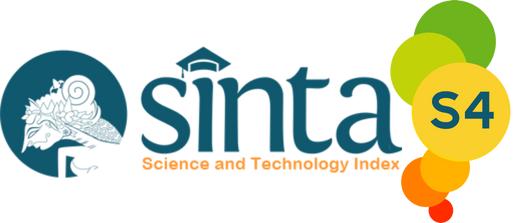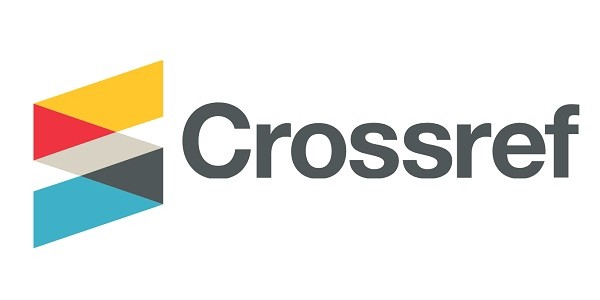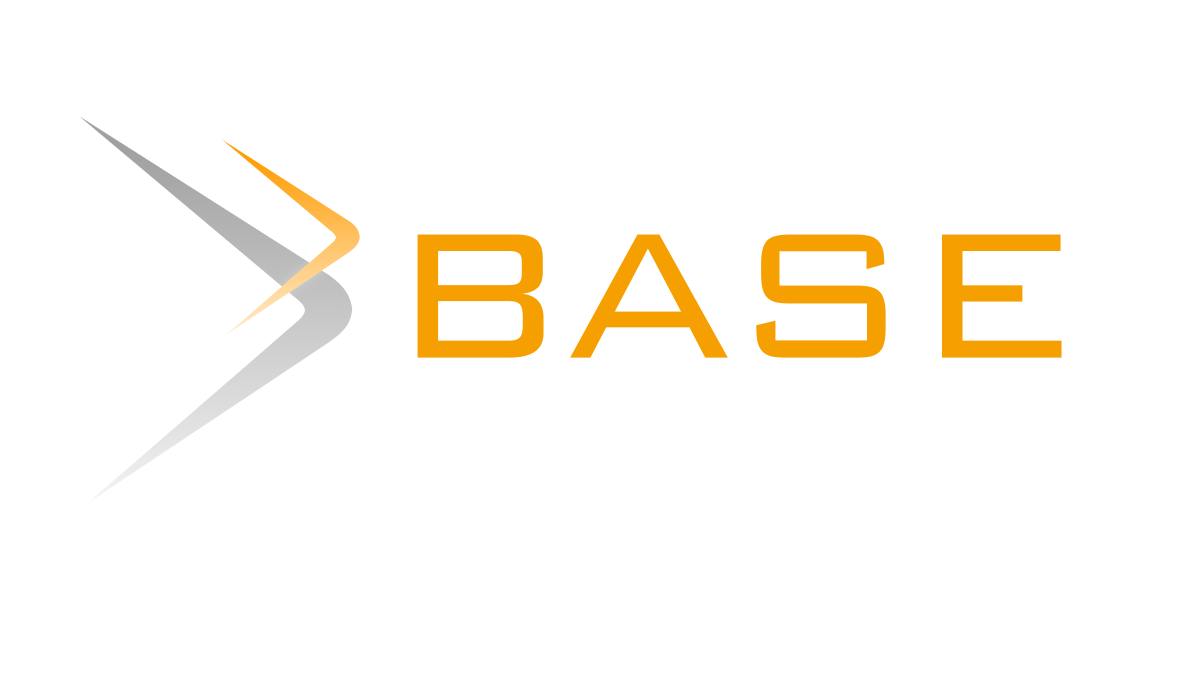
Author Guidelines
Format
- Writing systematics at least includes the Introduction, Literature Review, Research Methods, Results and Discussion, Conclusions and Suggestions, and Bibliography. Thanks/Awards (if any) are placed after the Conclusions and Suggestions and before the Bibliography.
- Articles are written in paragraph justified, Cambria Math, 11 pt, 1.15 space written in Indonesian. Maximum paper length is 15 pages on A4 paper, including tables, pictures and attachments.
- Page margins with the following rules: 3 cm left margin, 2 cm right margin, top and bottom.
- Articles are written as efficiently as possible according to needs, with article lengths ranging from 10-15 pages.
- All pages, including references and attachments must be numbered sequentially.
- Authors are advised to use the Mendeley application in writing citations and bibliography.Articles must follow the JCEP scriptwriting template. Templates for authors can be downloaded here.
- The name of the article author is listed without academic title and placed under the article title. The maximum number of authors is 5.
Article Writing Systematics
- Title, written in Indonesian and in English. Titles are written in Cambria Math 14 Font Format, Bold, One Space, Left Justify, Capital Letters.
- Abstract in justified paragraph, Cambria Math, 10 pt, single spaced, written in English and Indonesian, one full column, about 250 words, contains the essence of all writing regarding the introduction, objectives, methods, and research results briefly.
- Introduction is written in paragraph justified, Cambria Math, 11 pt, 1.15 space written in Indonesian.
- The theoretical basis contains theories and concepts related to the research topic. Cambria Math, 11 pt, 1.15 spaces written in good and correct Indonesian contains previous literature related to research and hypothesis development.
- Research Methods, contains research design or research design, research goals and targets (population and sample), data collection techniques, research models, and analysis techniques.
- Research Results and Discussion, contains the results of data analysis, hypothesis testing, answering research questions, findings and interpreting the findings.
- Conclusions and Suggestions, presents conclusions and research suggestions, research limitations, and suggestions for further research.
- Bibliography, contains the sources referred to in writing the article.
Tables and Figures (Graphs)
- Tables and figures are presented as efficiently as possible (results only) and included in the article. The tables and figures presented in the appendix show the data processing process.
- Tables and figures are numbered sequentially and a full title indicates the contents of the table or figure.
- References to tables or figures must be provided in the article.
- The author mentions in the section in the article, the place for the inclusion of tables or figures.
- Tables or figures should be interpreted without having to refer to the text.
- Table and Figure Sources must be included.
- Images must be prepared in printable form.
Bibliography
- Bibliography follows the IEEE style, the format can be seen here
- Or follow the IEEE format in the Mendeley citation application.
Journal
[1] S. Byun, M. J. Irvin, B. A. Bell, M. J. Irvin, and B. A. B. Advanced, “Advanced Math Course Taking : Effects on Math Achievement and College Enrollment,” J. Exp. Educ., vol. 83, no. 4, pp. 439–468, 2014.
Proceedings Seminar
[2] D. Rosadi, “Computer Assisted Learning Menggunakan Software Open Source R : Past , Present and Future,” in Seminar Nasional Matematika dan Pendidikan Matematika UNY 2015, 2015, pp. 1–8.
[3] S. Ghozi, “Penggunaan Aplikasi GeoGebra dalam Pembelajaran dan Penyelesaian Persoalan Statistik,” in Industrial Research Workshop and National Seminar, 2015, pp. 15–22.
Book
[4] J. J. Siang, Riset Operasi dalam Pendekatan Algoritmis. Yogyakarta: ANDI OFFSET, 2011.
Book Chapter
[5] M. Hohenwater and Z. Lavicza, “The Stength of the Community : How Geogebra can Inspire Technology Integration in Mathematics,” in Processing Mathematics Through Digital Technologies, L. Buand R. Schoen, Eds. Rotterdam: Sense Publishers, 2011, pp. 7–12.
Magazine
[6] F. Yajri, “Naga Manis Lahan Gambut,” MAJALAH TRUBUS, Depok, pp. 64–66, Feb-2017.

_0011.jpg)









